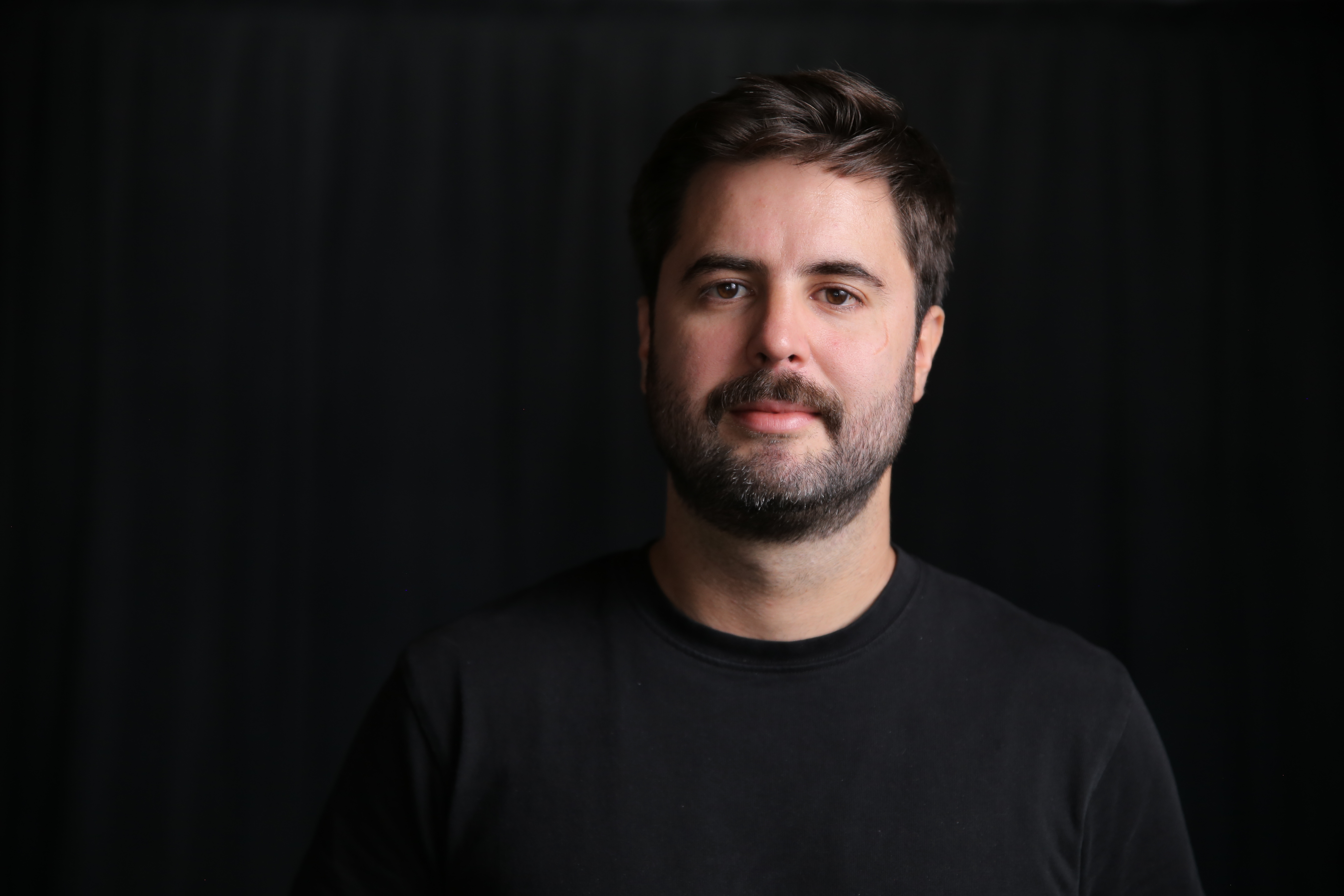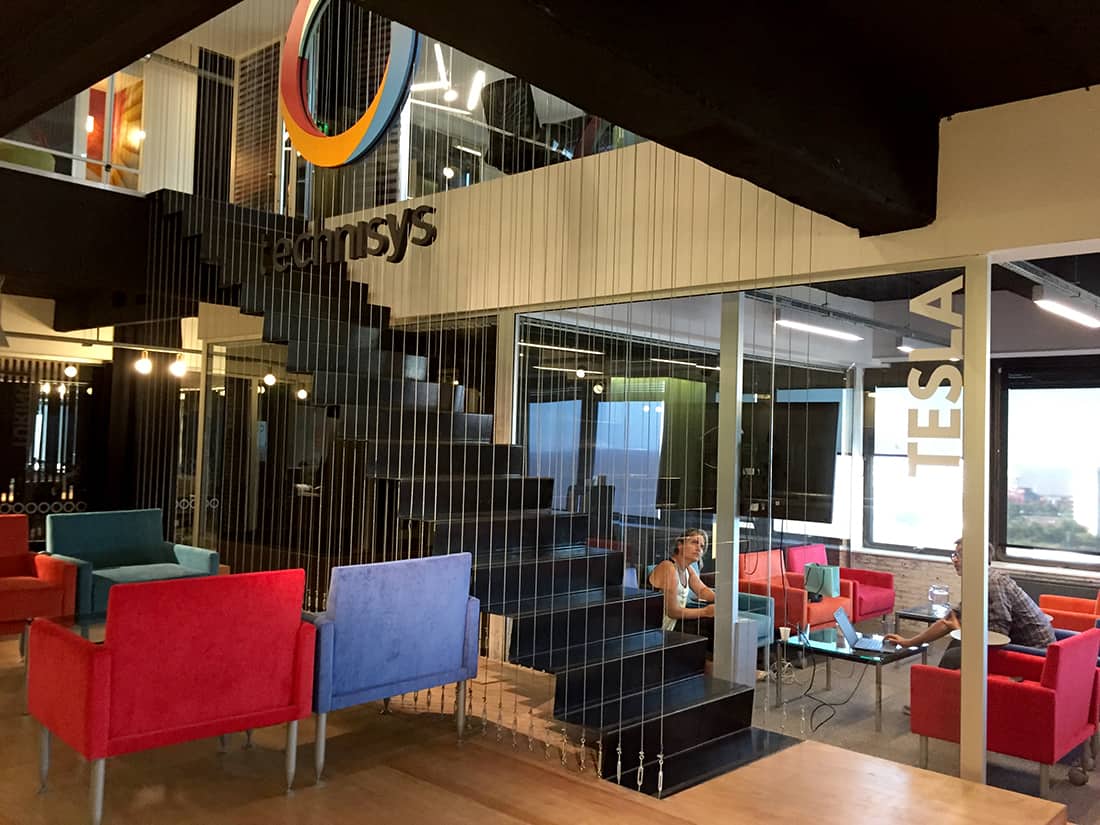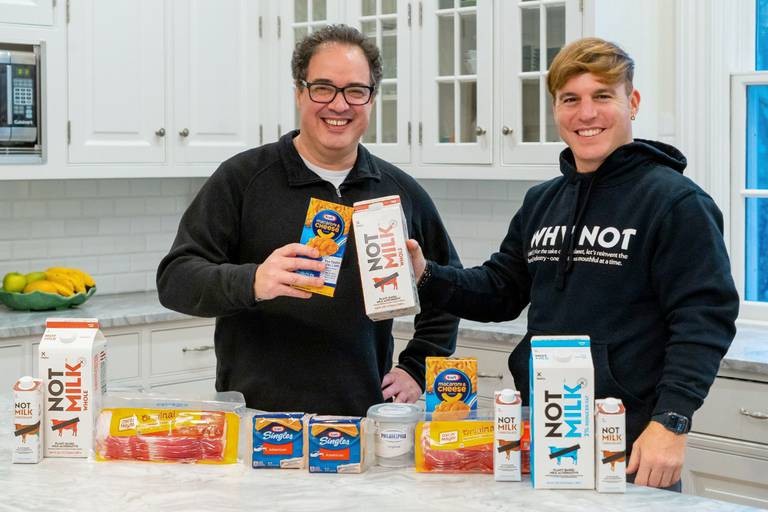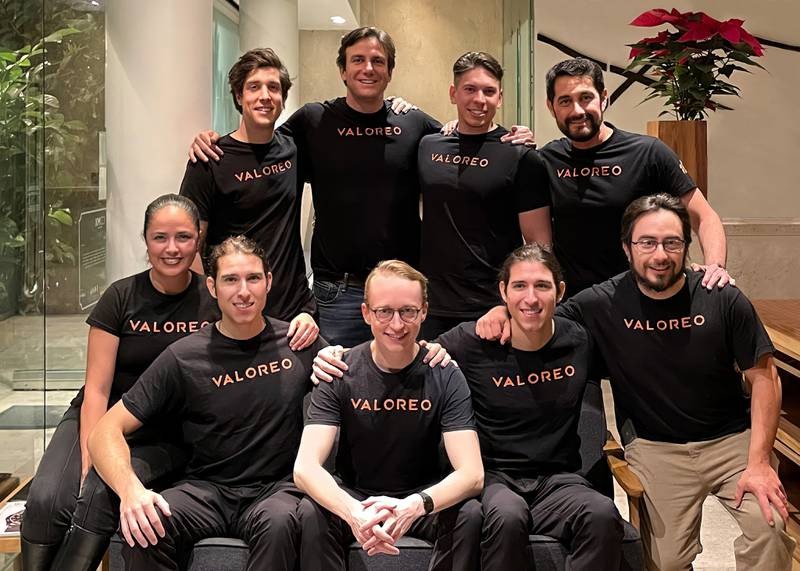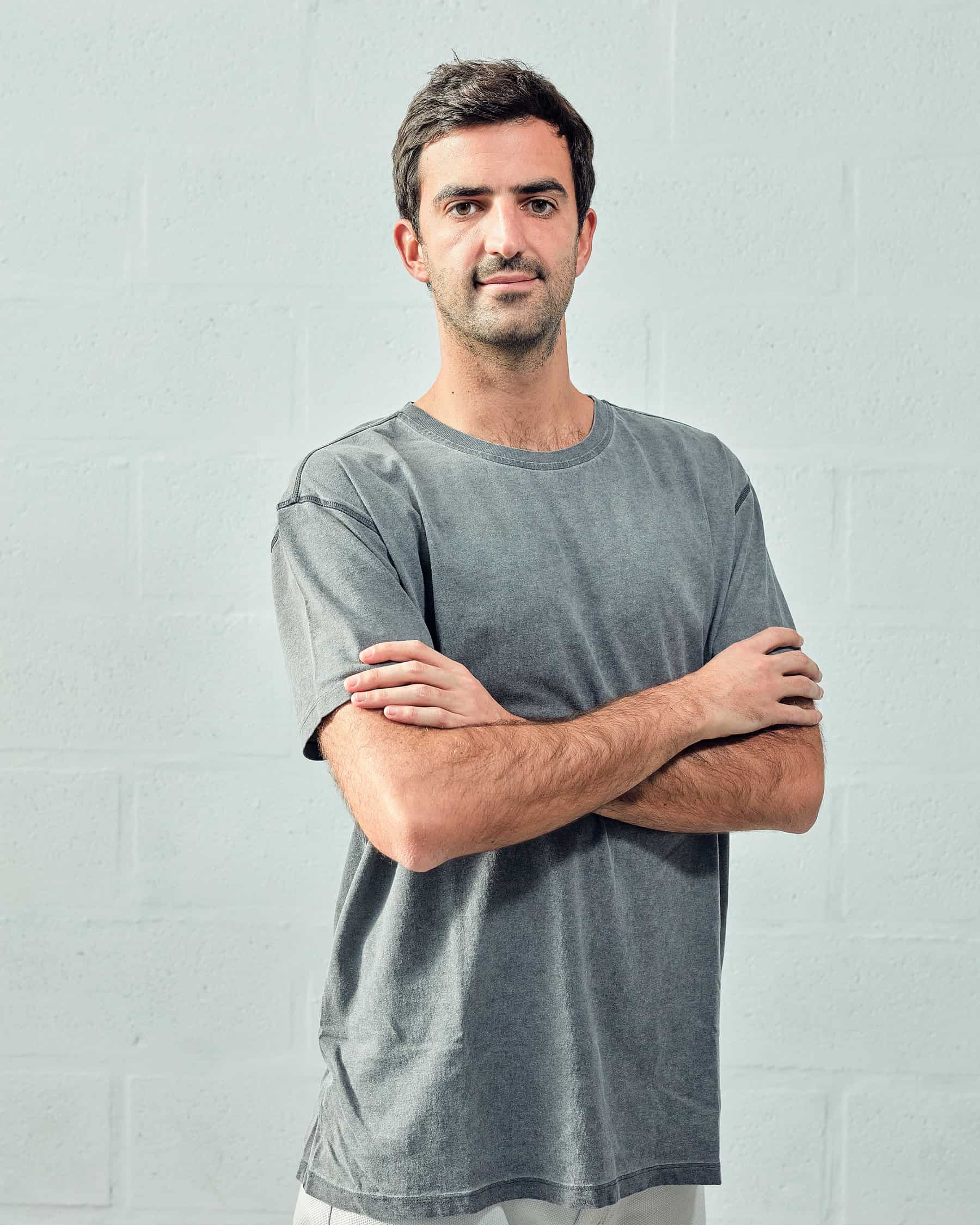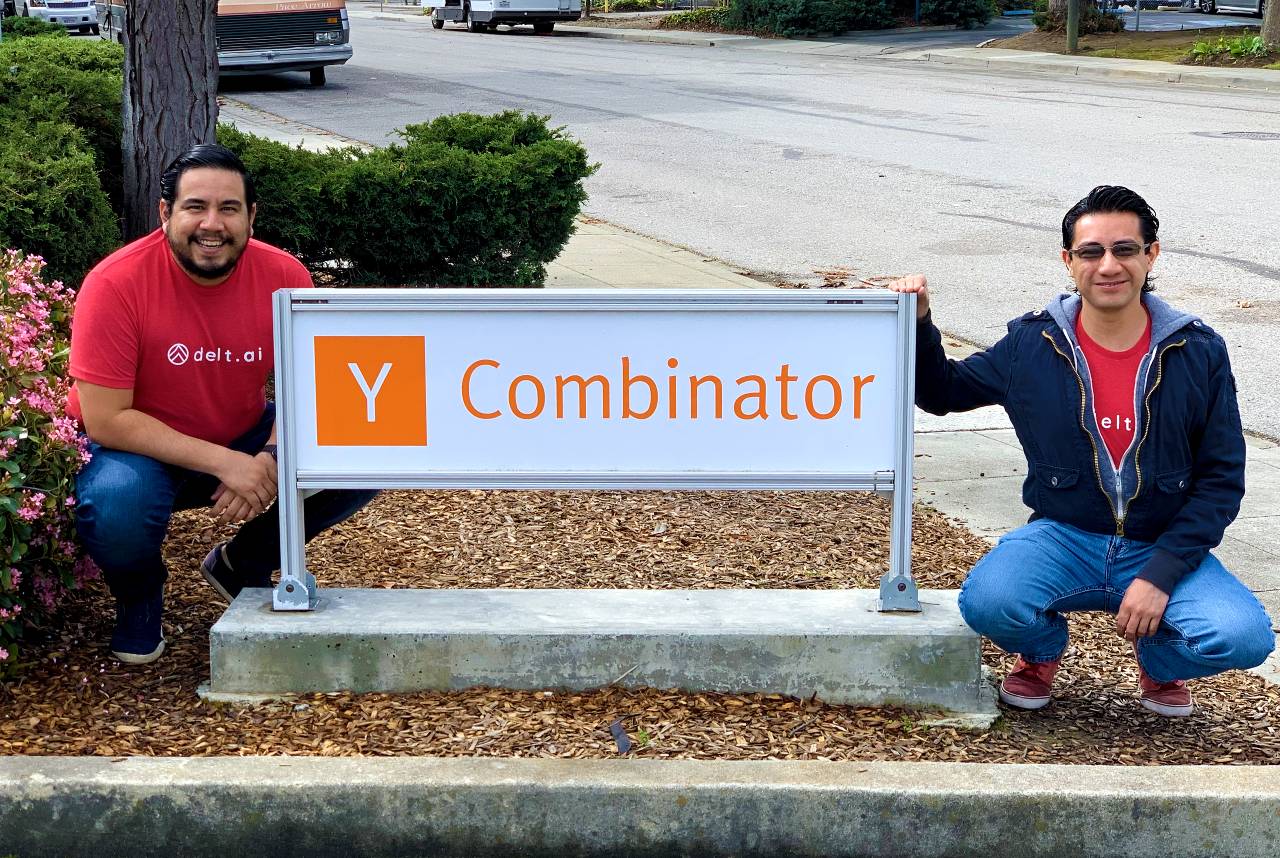Latin American talent is becoming quite appealing. Increasingly more companies are looking to hire Argentinian, Colombian or Mexican professionals. This is partly because regional unicorns are in need of qualified talent, and partly because tech hubs like the U.S. are facing a talent shortage that LatAm workers are willing and able to fill.
A report by remote payroll company Deel Inc. shows the hiring rate of software engineers and account executives in the region increased by 286% in the second half of 2021, more than anywhere else in the world.
This is good news for Latin American professionals, but also for educational institutions that are helping them with their careers. Especially for edtech startups, which are agile enough to modify their study curriculum according to the changing needs of the market.
Several regional edtech companies – which together broke investment records last year – offer remote courses and educational programs. They tend to do so with two distinct strategies: pre-recorded videos with unlimited access for students, and online classes at specific times. The latter is the bet of Coderhouse, an Argentinian edtech co-founded and led by Christian Patiño.
The company has 40k active students that take different live courses, from programming to UX/UI and data science. Coderhouse has also recently started offering crypto-related courses in partnership with the Mexican crypto exchange Bitso.
We talked to Patiño about Coderhouse’s value proposition for the edtech industry in LatAm. He also told us about how the company was created in Buenos Aires almost a decade ago, and what its short-term growth plans are.
Contxto (C): What makes Coderhouse different from other edtech companies in Latam?
Christian Patiño (CP): We’re the only online platform that teaches live classes on a scale. There are other companies that do so with a few students, but we have thousands of people across Latin America. A regular course may have 60 people to whom we offer personalized services thanks to our methodology.
We group students into courses that start on the same date, but we separate them into groups, each with a live teacher. For every 25 students, we have a tutor who keeps them motivated. We believe that student engagement in a face-to-face class is very different from that of a pre-recorded class.
C: Who are the students and teachers that take and teach the courses at Coderhouse?
CP: Generally speaking, our students are professionals who have a certain academic level, who have already finished college but who are realizing that they did not get the necessary tools for the job market there. We have many graphic designers who only learned Photoshop and Illustrator. If you want to be an excellent designer, you need to know UX/UI, how to design a mobile app, a web page, etc. Our students know that they must keep up to date technically to get better job opportunities.
On the other hand, the vast majority of teachers at Coderhouse are not teachers by profession. Instead, they are people who have a job and work for companies. For example, we have programmers from Mercado Libre and Rappi who give part-time classes for us. They are not fully employed by Coderhouse, just for the hours they teach, which helps make this experience extremely rich for the students. They value receiving classes from someone who works every day on the course’s core subject.
C: What’s the story on how Coderhouse was created?
CP: We started in late 2013. I always wanted to start a technology business, but I didn’t know how to program and I didn’t know anyone who did. So I decided to start with pre-recorded video platforms. However, I didn’t like that experience at all and in Buenos Aires there was no academic institution that offered programming courses. So that’s when Coderhouse was born. I wanted to create the school that I would have liked to attend.
I partnered with a high school friend. With only US$5,000 each, we added more courses to our system, which was super small and face-to-face. In 2019 we decided to take all our experience running a face-to-face business to move to an online one. We were very lucky because we made the change five or six months before the pandemic, and we haven’t stopped growing since then.
C: How have you gotten capital to grow?
CP: We were always bootstrapped in the beginning. We started with our own savings and didn’t raise capital until the end of 2020. With the growth we had then, we applied to Y Combinator, which was our gateway to the VC world.
We raised a seed round of US$500k from the main founders of Nubank, Rappi and Bitso. A month later, we raised a US$13.5 million Series A led by Monashees; we represented their first investment in the Latam edtech ecosystem. All this happened during 2021.
C: What are your growth plans, including educational offering and focus markets?
CP: All this money goes towards improving our product and offering a lot of value to our students. We have our eyes set on Spain. Without much intention, we began to see that more things were starting to get noticed there thanks to the language, so we expanded our efforts. It was a pleasant surprise.
In the short term, our focus is on Latin America. Then we’ll see; for example, we have many Spanish-speaking students in the US. Mexico is important to us. Argentina is too, because Coderhouse was born there. This year we seek to reach 50,000 students and we will invest around US$5 million in the Mexican market.
You may also be interested in: Viva Translate Wants More Spanish-Speaking Professionals To Get Better Jobs
